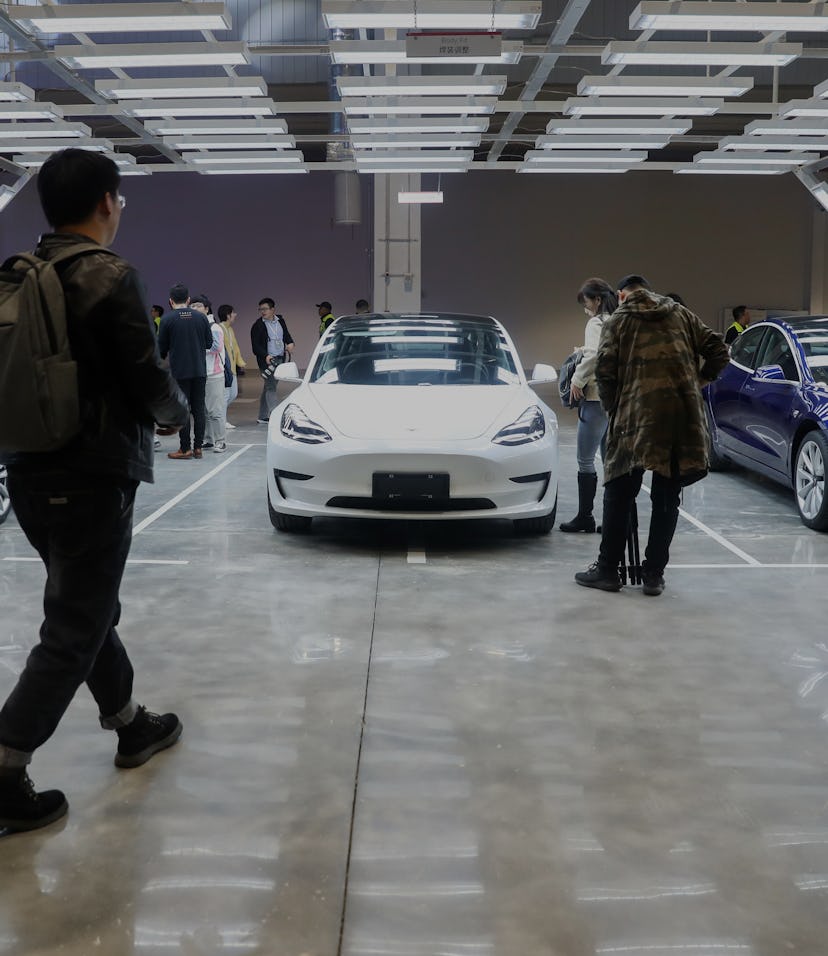Hot stuff
Tesla adds a small feature to the Model Y that solves a big issue with EVs
A new heat pump helps keep the battery performing optimally and the cabin warm in extreme cold.

Tesla Model Y buyers are starting to take delivery of the new all-electric SUVs, and the manual has turned up online for the rest of us who didn’t buy one to pour over. Discovered in it, mention of a heat pump that helps keep the battery nearer its optimal operating temperature in extreme cold, which should help maximize range.
Batteries suffer in extreme temperatures — As any Canadian or Russian photographer or videographer who’s carried batteries in their inner coat pockets will attest, extreme cold can reduce the capacity of a battery. In electric cars, the problem is compounded because more energy than usual gets drawn from the battery to heat the cabin. To combat this, Tesla has added a heat pump to the Model Y’s HVAC (heating, ventilation, and air-conditioning) system.
Roadshow noticed the addition in the manual and explains that a heat pump moves heat around from one part of a vehicle to another. In this instance, Roadshow speculates Tesla is taking the heat off the Model Y’s front motor and using it to heat the cabin. So owners might hear what sounds like the compressor and fan coming on — as they would when using the air-conditioner — even in cold weather. If they do, that’s just the heat pump, and it’s nothing to worry about.
Tesla, along with other EV makers like Ford and General Motors, has long used liquid cooling systems to help stabilize battery performance on the other end of the temperature spectrum: extreme heat. While it’s unlikely Tesla will retrofit the heat pump to the 1 million cars it’s already built, we expect to see it come standard in all future ones.
Cooling matters just as much — Rival Nissan was long been criticized for its decision to use air cooling for the early generations of its Leaf EV, with some intrepid (and infuriated) Arizonan owners of the car even conducting their own tests to demonstrate that air cooling isn’t sufficient in extreme heat and results in range loss.
As EVs become more commonplace carmakers’ ability to manage battery temperature and eke out every last mile of range from their vehicles will inevitably improve. Which is a good thing, given climate change makes it equally inevitable that extreme temperature highs and lows are coming. Electric vehicles are going to need to be designed to work as well in Phoenix in summer as they do in Juneau in winter.